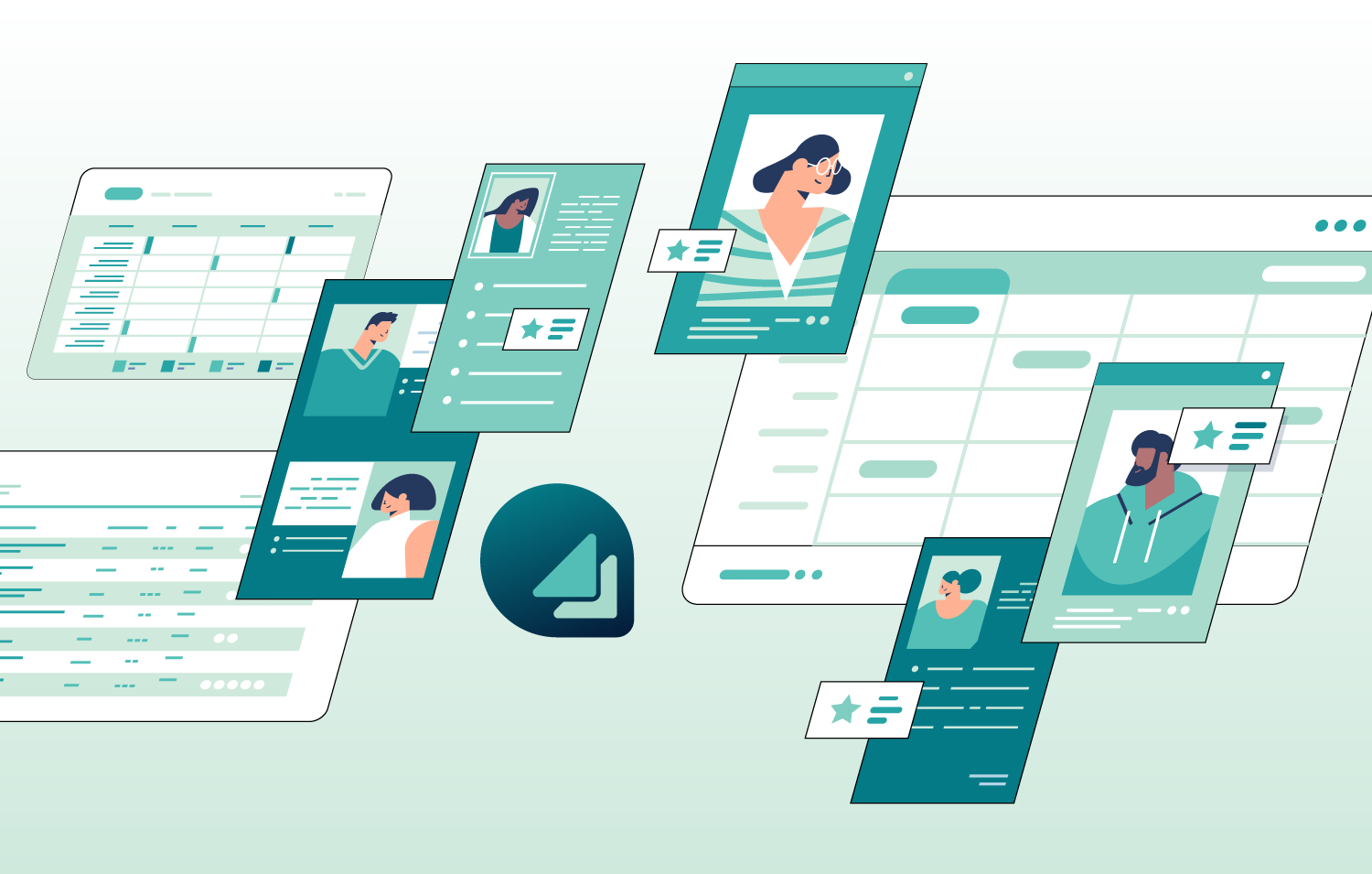Scaling Up High-Quality Conversations
How RPA and People-Facing AI are a game-changing combination

Robotic Process Automation frees your people from tedious routine work, so they can focus on more creative, high-impact activities that drive growth and profit. What are those crucial activities? To a surprising degree, they are conversations: intimate, empathetic, constructive, valuable interactions with your customers and prospective customers. Data from Gallup show conversations are pivotally and dramatically important; more on that in a moment.
So RPA gives your people the time and space to focus on valuable conversations. But such conversations are demanding: you need to be thoroughly prepared and aware, in touch with your customer’s situation right now at this moment, current on relevant economic developments and market conditions, and up to speed on your organization’s solutions and unique strengths. How to equip your people with this intelligence, so they can make the most of the bandwidth freed up by RPA?
People-Facing AI is the answer. People-Facing AI ingests the data footprint of each front-line employee and each customer, then connects the dots across hundreds of thousands of information resources to understand and predict the insights and context that each employee needs right now. All of this happens effortlessly in the background. The employee simply experiences a proactive, hyper-personalized, dynamically responsive information ecosystem, automatically adapting to their current priorities and surfacing relevant customer-centered intelligence directly into their workflow.
How much do conversations really matter?
Eye-opening data from Gallup’s 2021 Retail Banking Study tell a preconception-shattering story:
High-quality conversations are massively powerful. The size of the effect depends on who initiated the conversation: the customer or the employee.
When the customer initiates, a high-quality conversation is 61% likely to result in a sale, vs. 39% for a low-quality conversation. When an employee initiates, a high-quality conversation is still 59% likely to result in a sale… but low-quality conversations convert only 14% of the time.
Unfortunately, most conversations aren’t considered high-quality. As a result, 47% of conversations are just average, and 42% of conversations are “considered net-negative.” Meaning only 11% of conversations are effective. According to the Gallup Study retail banks have “a quality conversation problem at scale.”
For industry leaders, improving conversation quality is a path to superior results and differentiated, sustainable competitive advantage – because conversation quality is about building a unique, symbiotic partnership between people and AI. Motivated, creative employees (who now have more bandwidth thanks to RPA) need People-Facing AI to help them understand the customer, the context, and how the organization can meet the customer’s needs.
People-Facing AI is a kind of conversational AI, but it’s not about bots, or automated email responses (which seldom delight any customer!) People-Facing AI arms your people with the information they need, when they need it, personalized to their context, so they can have precisely targeted, high-quality conversations with their customers. At ModuleQ, we have spent over a decade developing and refining People-Facing AI that helps employees have more frequent higher-quality customer conversations.
How do conversations drive more revenue?
Heavy users of People-Facing AI have 32% more customer conversations and drive 70% more revenue opportunities. The reason: continuous learning is key to having customer conversations that are personal, natural, organic, continuous, and dynamic. Conversations are how people share their feelings, preferences, and priorities.
Companies seeking to provide exceptional services and achieve superior outcomes must learn from their customers through a collaborative, generative, empathetic process of active listening, educating, and advocating. People-Facing AI surfaces cues and clues that help employees, teams, and organizations learn faster.
People-Facing AI is the critical and missing strategy that CEOs, CIOs, CTOs, and CMOs need to transform Customer Experience, Employee Experience, Human Relations, People Operations, and continuing Corporate Education. Automation can deliver efficiency, but growth depends on arming your people with human-centered AI superpowers so they can respond proactively, in real-time, to the new event-driven, experience-driven, outcome-driven economy of 2023 to 2030.
